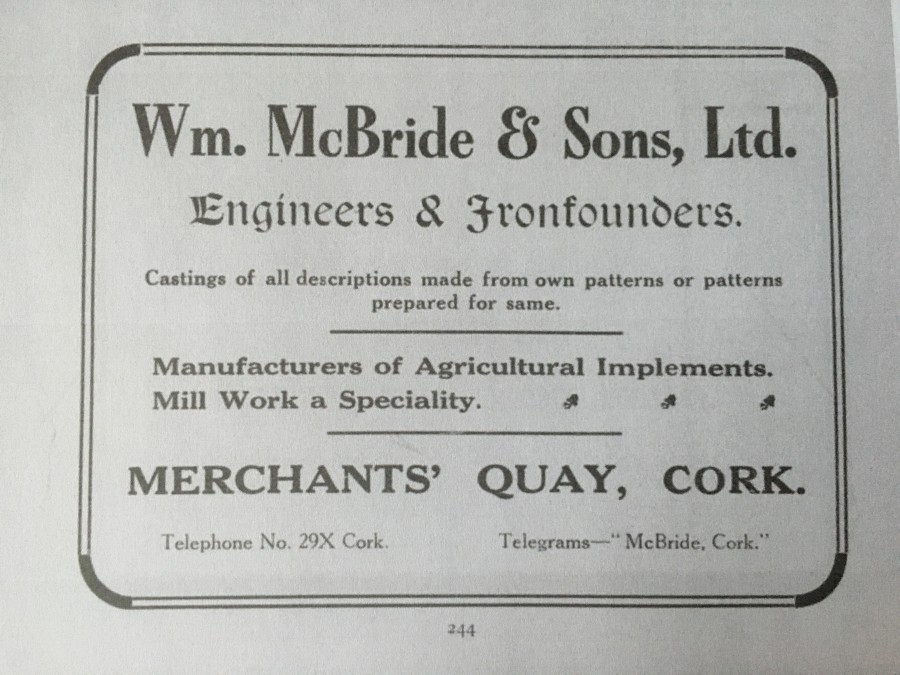The Laya Healthcare City Spectacular Street Performing Championships were held this month (July) in Fitzgerald’s Park recently. Below are some pictures I took at the end of the second day, a day which was abit of a washout with rain – but still well done to all the organisers and the amazing street performers.
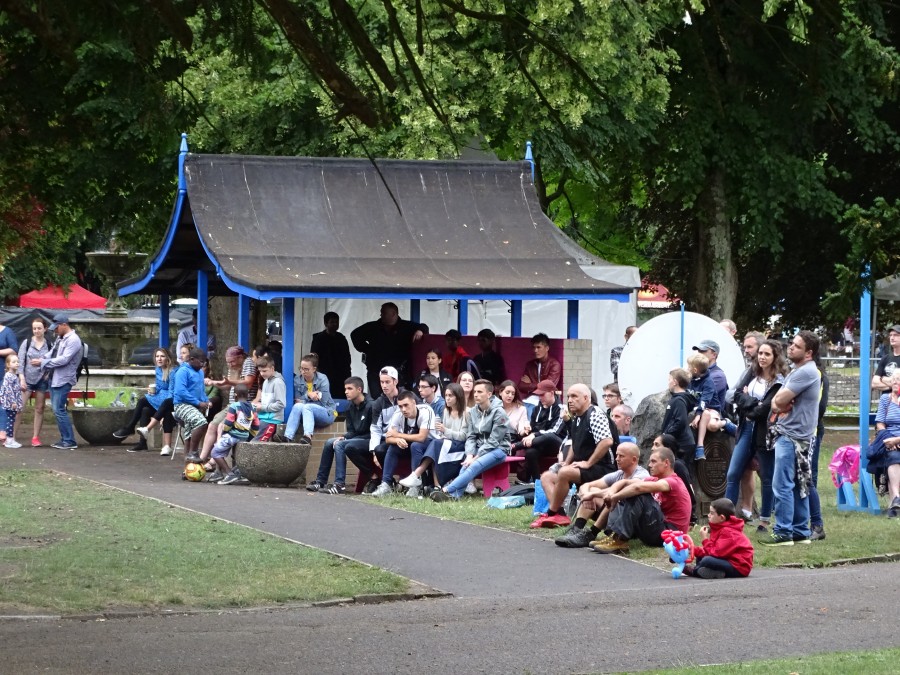
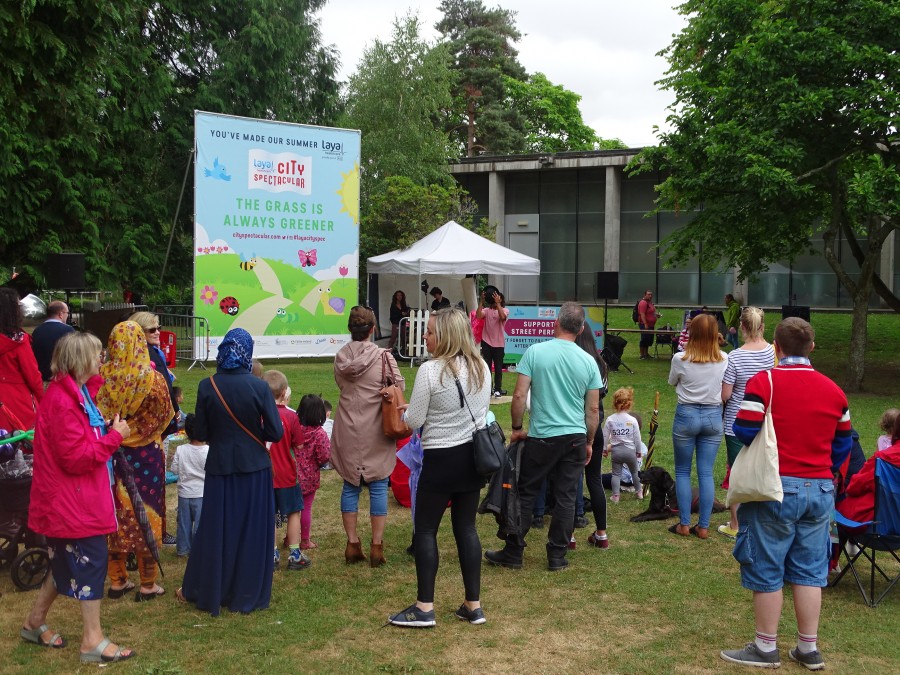

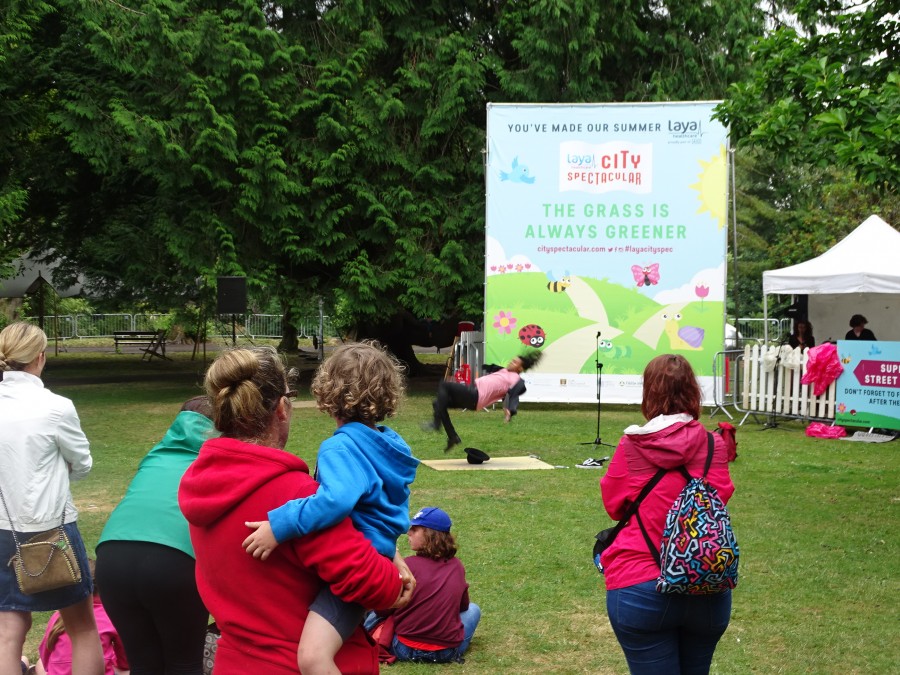
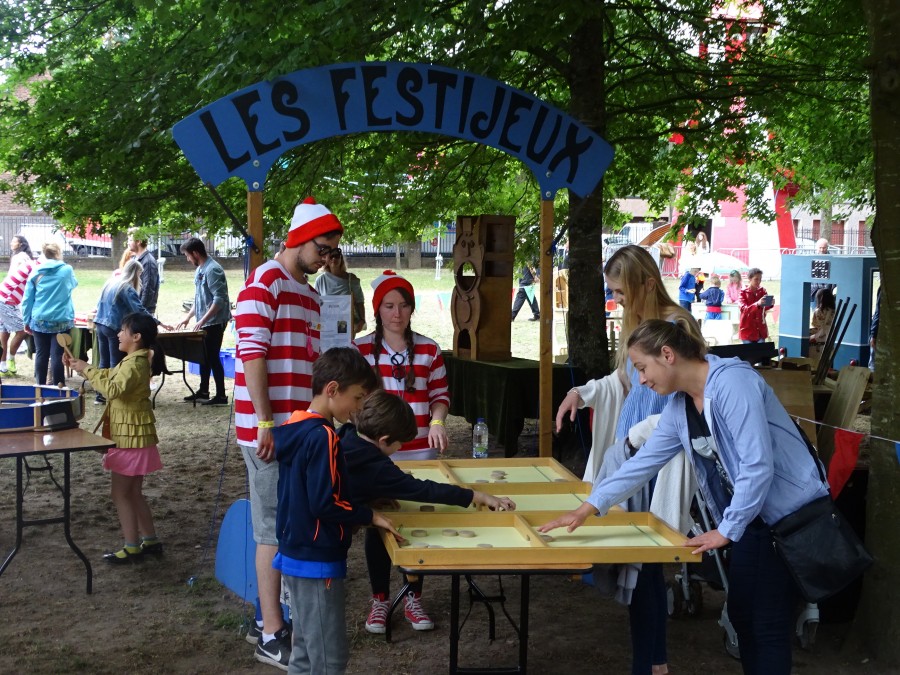


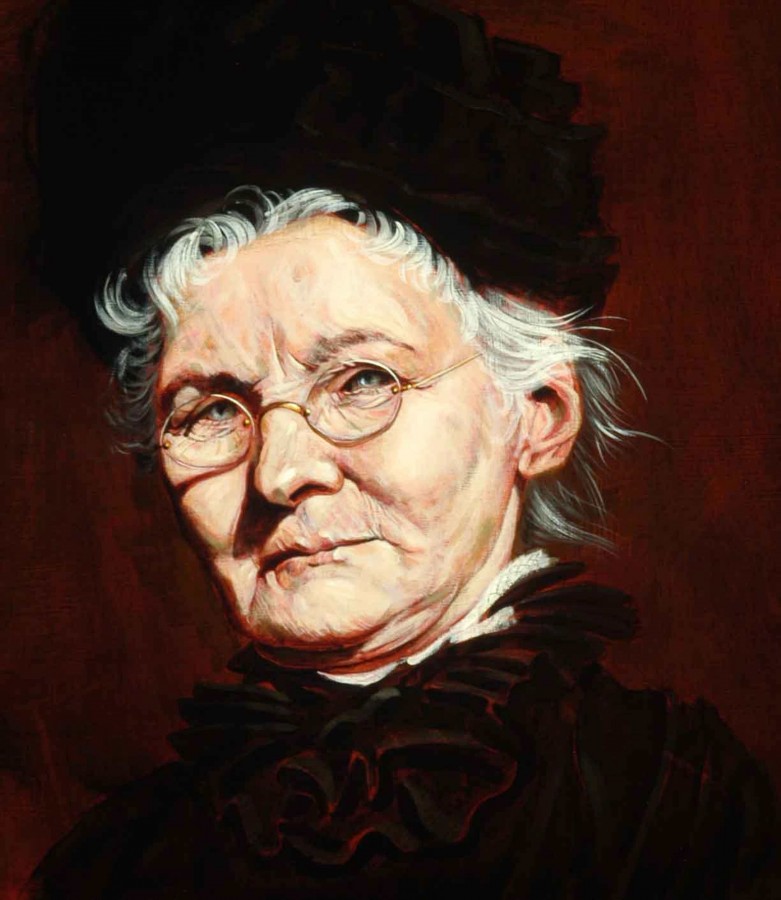
Kieran’s Our City, Our Town Article,
Cork Independent, 26 July 2018
Spirit of Mother Jones Festival & Summer School, 2018
The annual Spirit of Mother Jones Festival and Summer School will be held in the Shandon area of Cork City from Wednesday, 1 August to Saturday, 4 August 2018. This year’s festival once again covers a broad range of topics to be covered in a selection of daily lectures and talks and documentary films in addition to the ever-popular music events.
The Cork Mother Jones Commemorative committee was established in 2012 to mark the 175th anniversary of the birth of Mary Harris / Mother Jones in Cork, Ireland. After a highly successful festival marking that anniversary it was decided to make the festival an annual summer school marking the life and legacy of Mother Jones.
Although famous in other parts of the world, especially in the United States of America where she was once labelled “the most dangerous woman in America”, Cork born Mary Jones (née Harris) – or Mother Jones as she is perhaps more widely known – was virtually unknown and certainly not recognised as yet in her native city. The festivals and activities of this committee have changed that and now the name of Mother Jones is widely known in Cork and beyond.
The Cork Mother Jones Commemorative Committee, in conjunction with Cork City Council commissioned Cork Sculptor Mike Wilkins to create a limestone plaque to honour Mother Jones in the Shandon area of the city, near her birthplace. This plaque was erected near the famous Cork Butter Market and was unveiled on 1st August 2012 which was the 175th Anniversary of her baptism in the North Cathedral (we have not been able to ascertain her actual date of birth but it would most likely have been a few days before this date). Her parents were Ellen Cotter, a native of Inchigeela and Richard Harris from Cork city.
Few details of Mary Jones’ early life in Cork have been uncovered to date, though it is thought by some that she was born on Blarney Street and may have attended the North Presentation Schools nearby. She and her family emigrated to Canada soon after the Famine, probably in the early 1850s.
Later in the United States, after tragic deaths of her husband George Jones and their four children, she became involved in the struggle for basic rights for workers and children’s rights, leading from the front, often in a militant fashion. She was a constant thorn in the side of the establishment. When she died in 1930, she was a legend in her adopted land. A magazine (Mother Jones) is still published to this day, along with dozens of books and countless references in US Labour History. She certainly can claim to be the most famous Cork woman in the history of the United States of America.
In 2012, 175 years passed since Mary’s birth in Cork city and to honour her life, the broad-based voluntary Commemorative Committee, along with local community organisations, honoured one of Cork City’s most famous daughters with an immensely popular festival. The unveiling off the plaque at John Redmond Street was just part of a wider celebration which has now developed to an annual event which has gained international recognition.
One of the many talks this year focusses in on the one hundred years since Irish women over the age of 30 were granted the right to vote. Louise Ryan will speak at the Spirit of Mother Jones festival and Summer School on Friday afternoon, 3 August at 2.30pm at the North Cathedral Visitor Centre. She is a Professor of Sociology and co-director of the Migration Research Group at the University of Sheffield. She will address the topic, “Votes for All Women: the tricky issue of class politics in the Irish suffrage movement”.
Her most recent book, Winning the Vote for Women: the Irish Citizen Newspaper and Suffrage Movement in Ireland was published by Four Courts Press in 2018. Ireland’s best-known suffragette, was a Munster woman, although most of her adult life was lived in Dublin. She was born in Kanturk, Co Cork, and her father, David Sheehy, was a mill owner. When she was three the family moved to the site of another mill, at Loughmore, Co Tipperary, where they lived until Hanna was 10.
The Irish Citizen newspaper was founded by Hanna and Francis Skeffington and was published from 1912 to 1920. The newspaper provides a vivid picture of suffragists’ issues during that period. The newspaper clearly shows that the contributors to the newspaper were concerned not just with the franchise but with a much wider array of issues affecting women generally. Among the many issues debated in the Irish Citizen were the suffragists’ attitudes to work, class, wages and trade unions. The movement was contained within a broad spectrum of ideas and views. Suffragists such as Louie Bennett, Winifred Carney, Cissie Cahalan, Meg Connery, Marion Duggan, Mary Galway, Margaret McCoubrey and Marie Johnson raised the issues of wages, exploitation, class and workers’ rights throughout this period and their debates and lively discussions appeared regularly in the pages of the Irish Citizen. This year the newspaper has been added to the British Newspaper Archive, which is searchable online.
More details on the Spirit of Mother Jones Festival and Summer School can be found at www.motherjonescork.com
Captions:
956a. Mary Harris/ Mother Jones (source: Robert Shetterly)
956b. Mother Jones plaque Shandon, unveiled in 2012 (source:www.motherjonescork.com)
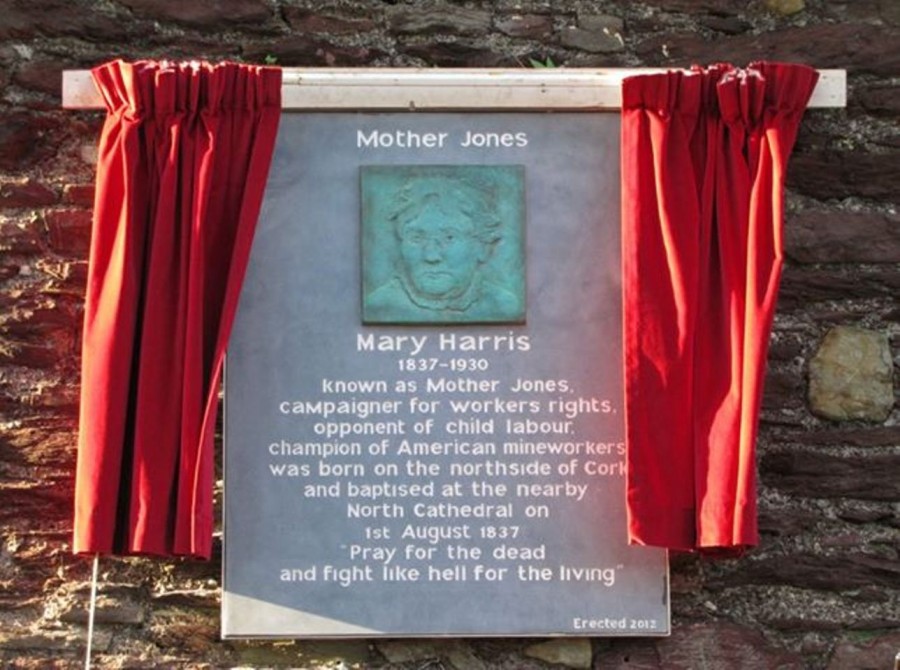
On Thursday, 19th July 2018, artist Tamsie Ringler Performed a iron pour During the IRON-R 2018 iron casting workshop in connection with Crawford College of Art and Design and the National Sculpture Factory in Cork, Ireland. The piece depicts the tributary system of county Cork’s river Lee.
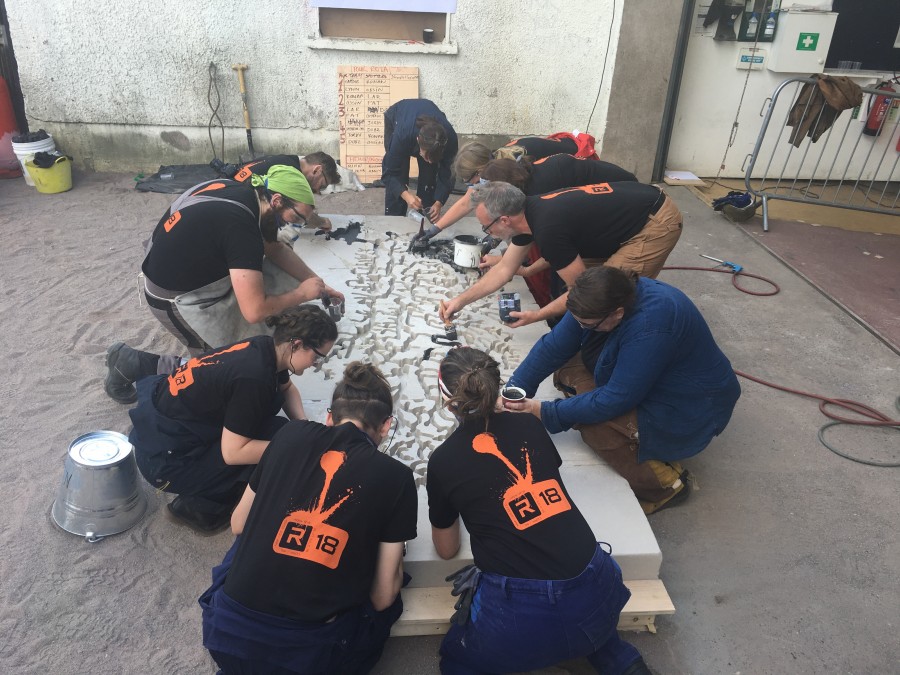
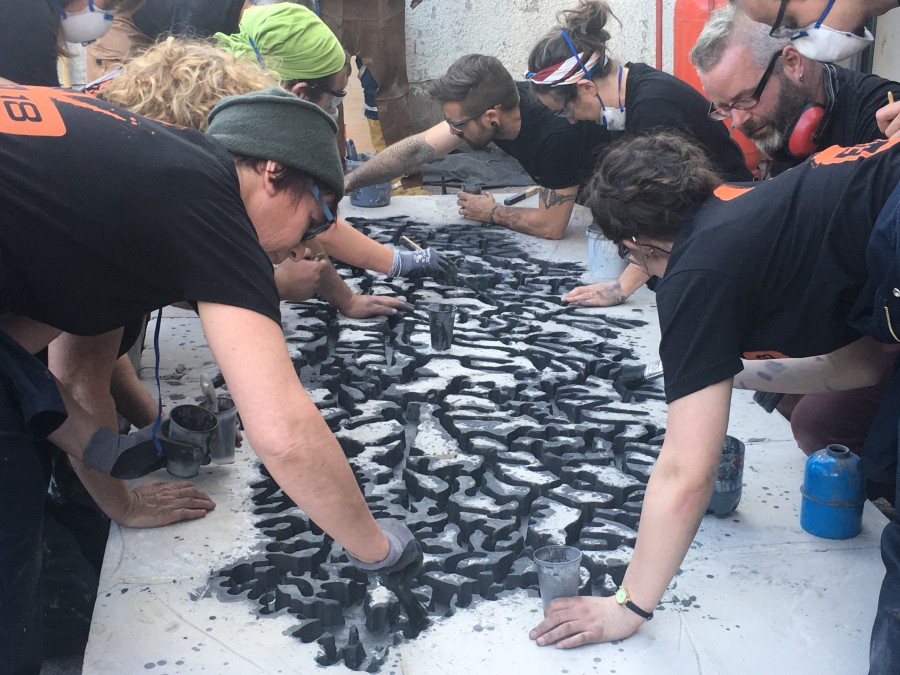
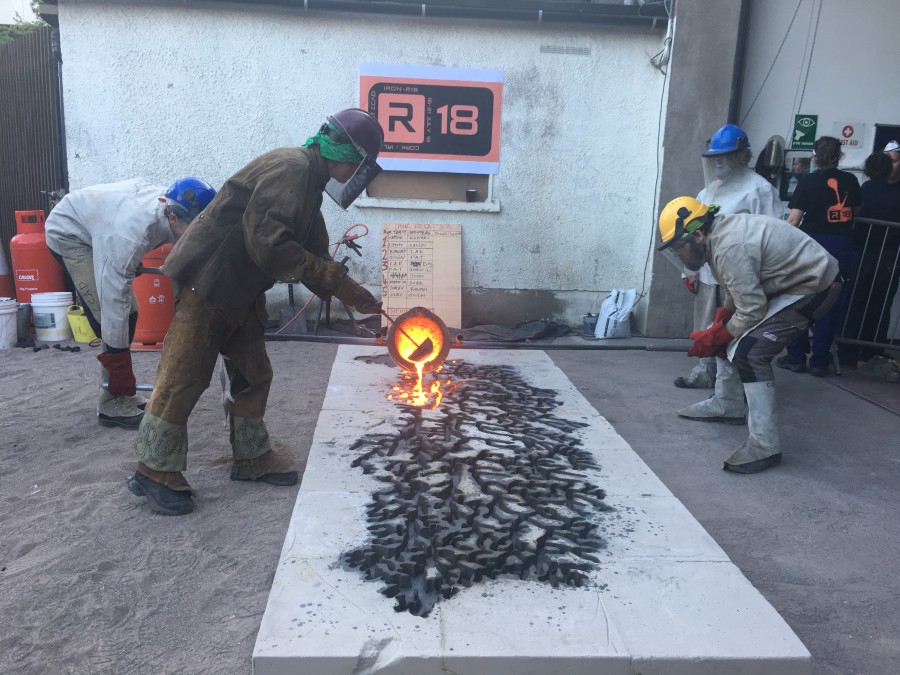
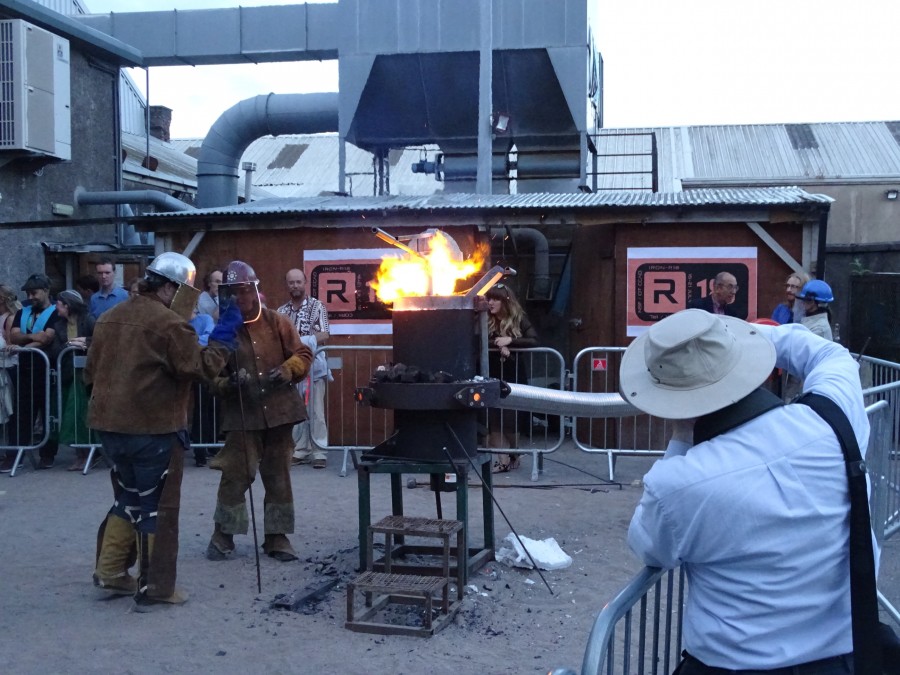
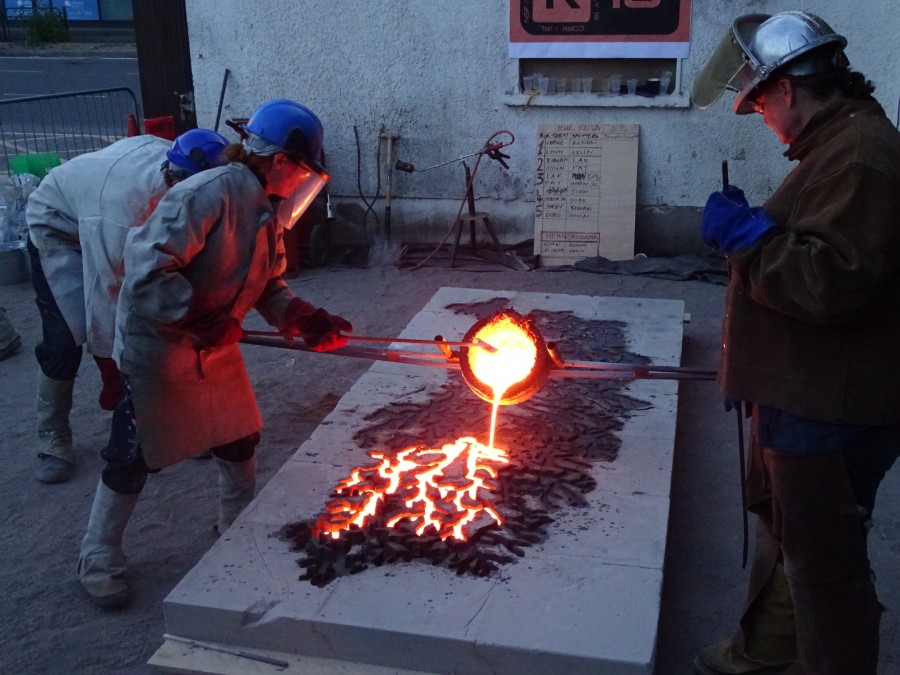
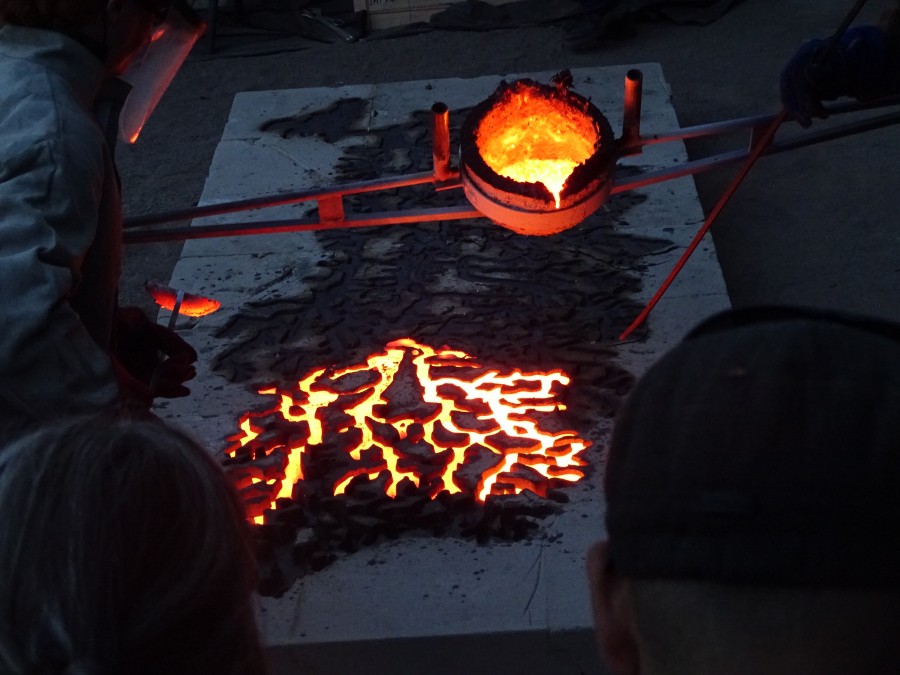

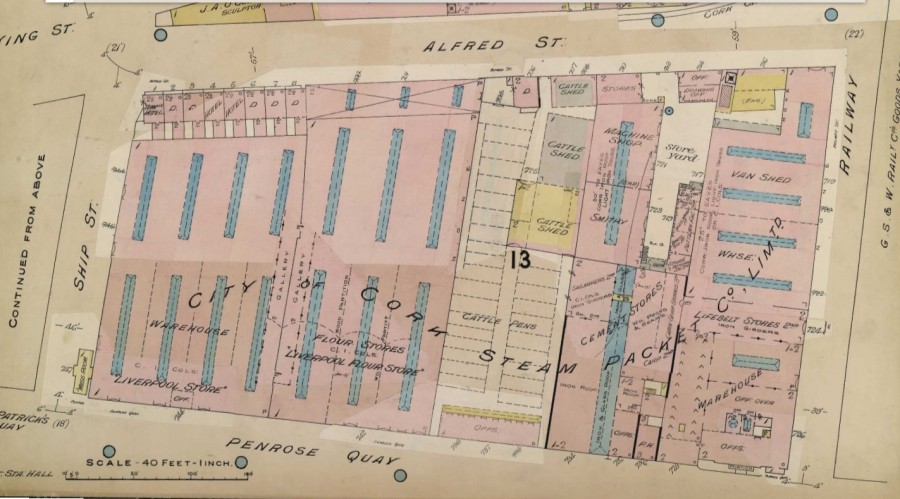
Kieran’s Our City, Our Town Article,
Cork Independent, 19 July 2018
Stories from 1918: Buying Out the City of Cork Steamship Company
One hundred years ago this week, public concern grew to the future of one of Cork’s oldest businesses – that of the City of Cork Steamship Company. A process had begun by Coast Lines Limited for the large-scale purchase of shares from the Cork company’s shareholders through the company chairmen Ebenezer and Joseph Pike. Public meetings were held in Cork City to address the consequences in terms of jobs and business to the city and region. The City of Cork Steamship Company was established in 1843 under the direction of Ebenezer Pike (senior) and was built on the former structure of St George Steampacket Company in England. The principal building still survives today on Penrose Quay and the statue of St George slaying a dragon still adorns the top of the building. In the beginning, the Cork company bought older steamships and as well purchased new ones. In 1903, it is recorded that there were 16 vessels, varying from 1,000 to 2,400 tons.
At the request of several prominent citizens on Monday 22 July 1918, a public meeting, convened by the Lord Mayor, Thomas Butterfield, was held in the Council Chamber, in Cork City Hall (covered by the Cork Examiner). The Lord Mayor noted of the purchase that the shareholders were concerned as to what future facilities would be accorded to the trading community of the City and County of Cork by the new deal. He did not have knowledge of who the new owners were to be but requested the same high business calibre as the company in place. He protested in every way that there could be a diversion of the trade of the Port of Cork especially outside companies that have interests in other ports.
A letter was read out at the meeting, which was signed by the steamship company Chairman Ebenezer Pike. He highlighted that the transfer of shares from one set of shareholders to another in the company was a continual process and that the number of shares to be bought were higher than ever before. He noted that the majority of the principal shareholders were not in business anymore and their knowledge was poor of contemporary trade and shipping knowledge. The company, he claimed, could not stand alone as a single unit and it would not be able to redeem the company’s position because of the destruction of the company’s fleet during the war. Further losses he claimed would make it almost impossible to continue operations. He was satisfied that the proposal put forward was the best prospect of rebuilding the company in due time from what he deemed a very difficult position.
The City Hall meeting was made open to the public for discussion. Many present agreed with the sentiments of Mr Pike’s letter and the need for the company to adapt to changing times but for the trade of Cork to be safeguarded. Major G B O’Connor proposed the motion; “that this meeting representing the commercial community of the City of Cork and surrounding district respectfully request the Directors and shareholders that in any agreement come to for the sale of the City of Cork Steam Packet Company Ltd, the interests of the Port of Cork shall be safeguarded. That it being vital to the prosperity of the City of Cork and the South of Ireland that the pre-war Cross-Channel service at least be maintained…to take such steps as will render a monopoly of the Cross-Channel carrying trade of the Port of Cork, and that this condition be part of the agreement announced”.
The Register of Members of the City of Cork Steam Packet Company reveals that from 14 September 1918, The British and Irish Steam Packet Company Ltd is recorded as owning Cork aggregate shares totalling 125,474, out of a total of 140,000. Further purchases brought that company’s holding to 136,417. This information lays within the main archival body of the City of Cork Steam Packet Company Ltd, which was transferred from B&I Offices, Penrose Quay, Cork, in February 1984, by Mr Foley, Manager to Cork City and County Archives. Additional material was acquired on 22 January 2007 and form the basis of an enormous and valuable source of information on shipping and trade in Cork and beyond.
The P & O archive is on permanent loan to the National Maritime Museum, Greenwich, UK and their archive catalogue is available online. Here the story of Coast Lines Ltd is told. Coast Lines Ltd of Liverpool was formed by the merging of three companies in 1913, and was known initially by their joint names – Powell, Bacon and Hough Lines. The name Coast Lines Ltd was adopted in 1917 when the company was taken over by the Royal Mail Steam Packet Company. Between 1917 and 1925 Coast Lines acquired a controlling interest in a large number of coastal shipping companies, eventually numbering about twenty, many of which including Cork retained their trading name. Among the most important were: the British & Irish Steam Packet Company Ltd (acquired in 1917), City of Cork Steam Packet Company Ltd (1918), Belfast Steamship Company Ltd (1919), Burns & Laird Lines (acquired separately as Laird Line in 1918 and G & J Burns in 1920 and merged in 1922), Geographically the Company’s activities eventually spanned the whole of the British and Irish seaboard and extended to the Scottish and Channel Islands.
Captions:
954b. General plan of the premises of the City of Cork Steamship Company, from Goad’s Insurance Plan, 1915 (source: Cork City Library)
954b. Joseph Pike, 1911 from Cork and County Cork in the Twentieth Century by Richard J. Hodges (source: Cork City Library)
954c. Ebenezer Pike, 1911 from Cork and County Cork in the Twentieth Century by Richard J. Hodges (source: Cork City Library)
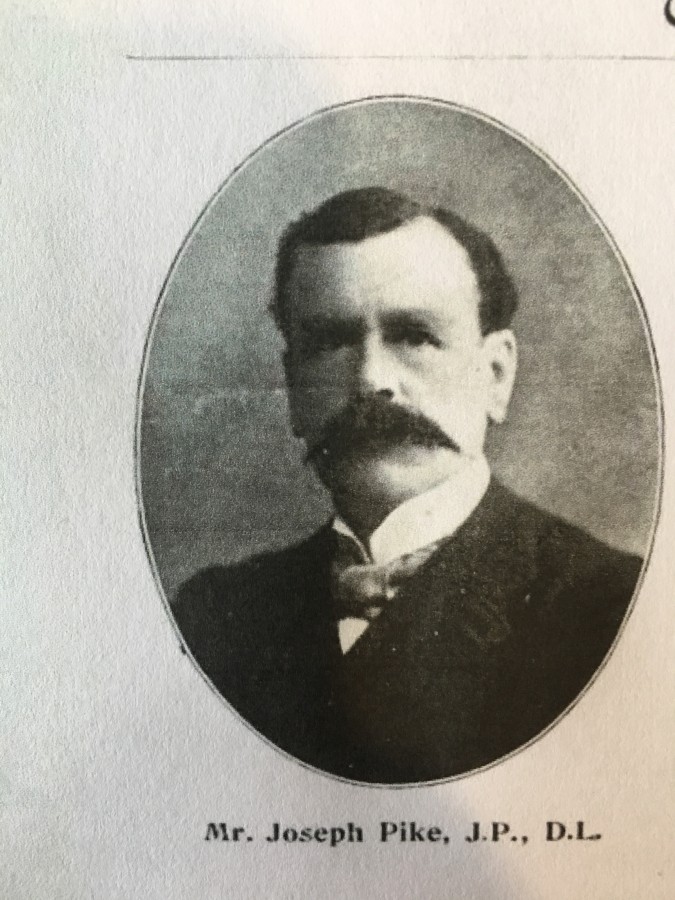
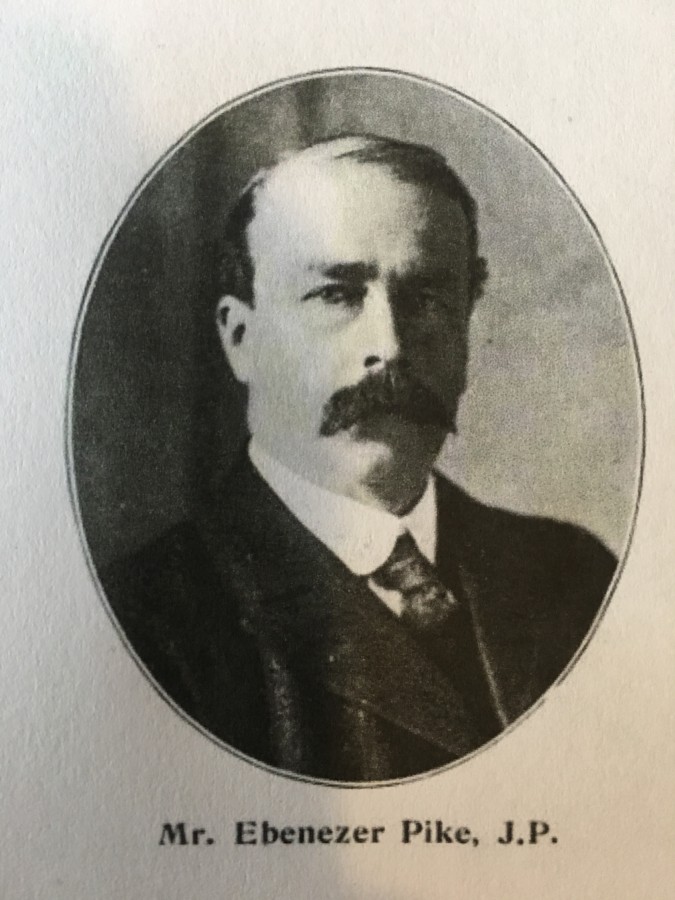
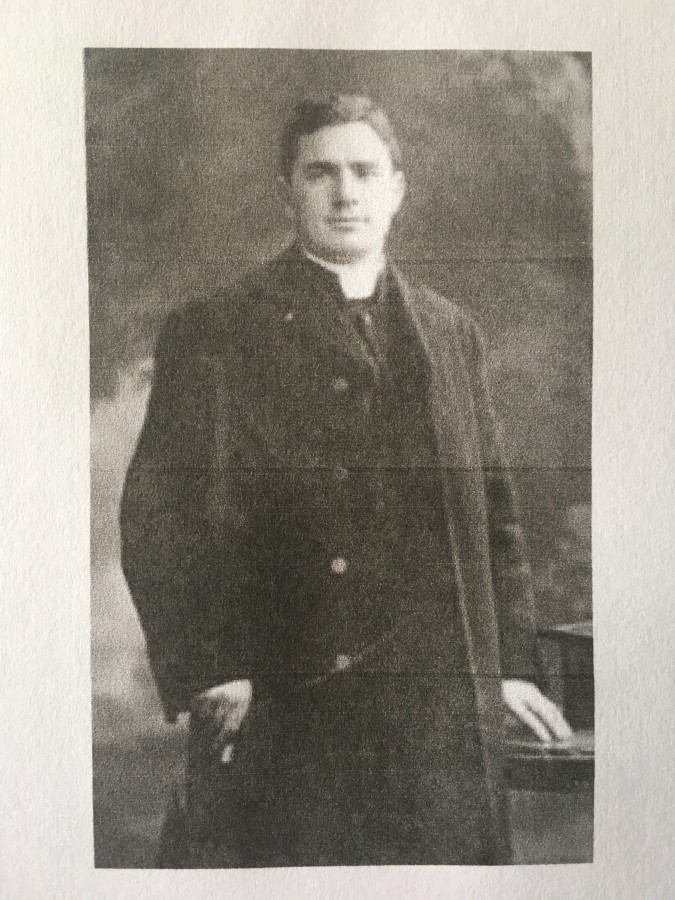
Kieran’s Our City, Our Town Article,
Cork Independent, 12 July 2018
Stories from 1918: The Aeridheachts of Fr O’Flynn
During the summer of 1918, the Cork Gaelic League branch was active, especially through community projects under the leadership of Fr Christy O’Flynn. He arranged a number of aeridheachts across County Cork. His personal contributions to local concerts and such functions always ensured successful outcomes (several years later in 1924 he set up the Loft Shakespearean Company). The organisation of aeridheacht or “Taking the Air” was the brainchild of Pádraig Pearse’s title for St Enda’s School Annual Open Day. He revived the ancient Feis (festival) of Tara. The ‘Aeridheacht’ or open-air concert and the ‘Ceilidh’ or social indoor party encouraged original literary compositions, oratory and storytelling in Irish, the music, songs and dances of the Gael. The concept spread outside of Dublin. For example, in August 1915, an aeridheacht was held at Millstreet under the auspices of the Gaelic League and an address was delivered by Pádraig Pearse himself. A number of Sinn Féin Volunteers from Cork City attended this aeridheacht in uniform, travelling by train to Macroom and cycling from there through Carriganimma. The Aeridheacht process enabled public assemblies to pursue recruitment of Volunteers.
Fast forward in time to after the 1916 Rising and the hosting of aeridheachts were banned by Westminster’s Defence of the Realm Act. On Saturday evening, 13 July 1918 the local Royal Irish Constabulary (RIC) were under orders to prohibit the holding of the Cork Gaelic League’s aeridheacht on Dublin Hill, Cork, on the ensuing day. News spread that the organisers had decided to abandon it. However, this was entirely inaccurate. By the hour advertised for its commencement on the Sunday afternoon at 3.30pm – bodies of police, fully armed, had taken up positions in and near the field in which the platform was erected. The Cork Examiner of the day reveals that Fr O’Flynn, one of the principal organisers, of the aeridheacht had re-arranged the location of the event farther into the country along the Old Mallow Road. It was held near Murphy’s Rock near Kilcully in a secluded field near a mill.
The opening item of the programme was an Irish song sung by three boys. Not more than a few hundred persons were present at first, but as the event progressed it was recorded that a great stream of crowds flocked to the scene, until within an hour the little glen was swarming with people. Fr O’Flynn, during the course of the aeridheacht, addressed the people in Irish, and also in English highlighting the importance of culture and language. “we had been warned that they should not hold their aeridheacht today…In attempting to suppress our language or the Gaelic League Mr Lloyd George had overstepped himself. It was very important that Irishmen should know how to act. Nothing rash must be done. First of all, they should take up the study of their language. In batches in the streets let them talk it, in the trains, in the homes—let them in batches take their books along the Lee Fields and there study it”.
Fr O’Flynn’s advice to the young men present was to keep cool; “do not allow their tempers to rise through provocation. Let the young men learn their native language. Young men who did foolish things to policemen were only harming their country’s cause, were throwing it backwards. Irishmen’s action should be quiet and dignified above all things at a time like this. Their nationality could never be suppressed”.
The programme of the aeridheacht was a very varied. The vocal items, solos, duets, and concerted numbers were enjoyed, as well as some splendid dancing was witnessed. At the conclusion of the entertainment the crowds dispersed quietly homewards. The programme was carried out. without interference. There were several scouts placed some distance away encircling the location of the field watching for the approach of the police, who ultimately did not arrive.
Over a week later Ballyvolane was the place originally announced for the holding of an aeridheacht on 21 July. The attentions of the RIC were anticipated, and with forethought the plans of the organisers were flexible. A make shift platform of a few tables had been constructed on the lands of Mr Kennedy at Arderrow. The force of police took possession of it, but the organisers never really intended rolling out the aeridheacht there. By way of a decoy, a certain number of the public were allowed to go in that direction, but the bulk of them were directed to Upper Lota, a considerable distance away, where, in a field on the lands of Mr Hegarty an enjoyable open-air function took place. The programme, which consisted of a short address in Irish, songs, dances, recitations and violin selections, had been practically completed when two police scouts were observed. The programme was concluded. A collection was made amongst the 600 or 700 people present, and a substantial sum realised.
In July 1918 as well aeridheachts under the auspices of the Cork Gaelic League took place at Ovens, Little Island, Clonakilty, Ballinhassig, Mallow and Knockraha, In August, Inniscarra hosted one, whilst Tower and Ballygarvan hosting theirs in September 1918. All went through the challenges of organisation and re-organisation along similar lines as the Murphy’s Rock and Ballyvolane one.
Captions:
954a. Fr O’Flynn in his twenties/ thirties (source: North Cathedral Archive, Cork)
954b. Public flyer advertising an aeridheacht presentation in Millstreet, Co Cork, 22 August 1915 where Pádraig Pearse was guest speaker (source: Cork City Library)
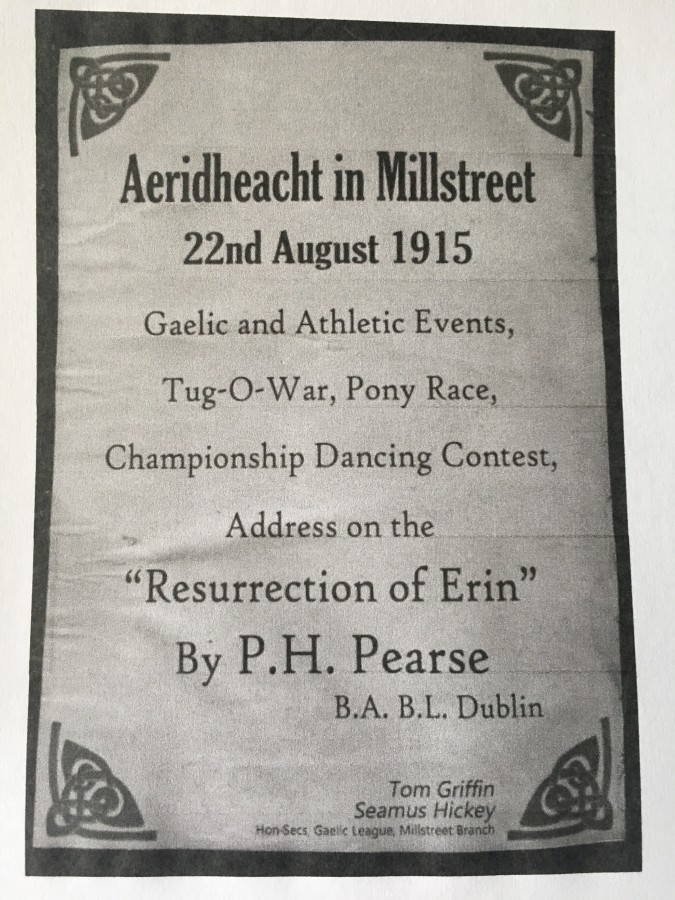
Press Release:
Independent Cllr Kieran McCarthy has called for the need a long-term political commitment and resources to cater to the needs of EU cities of all sizes from regional hubs such as Cork to the metropolises of Paris or Athens.
The strengths and weaknesses of the implementation of the Urban Agenda for the EU was the subject of an adopted during the plenary session of the European Committee of the Regions (CoR) on 4 July in Brussels. Member of the CoR, Rapporteur/ Opinion writer and Cork City Councillor Kieran McCarthy (IE/EA) calls on the EU institutions to reaffirm their commitment to urban matters and place the process on a formal footing. He welcomes the early signs in this direction proposed in the framework for regional development and cohesion policy beyond 2020.
The Urban Agenda for the EU seeks to mobilise the experience and expertise of local authorities and enable them to contribute to the development and implementation of EU policies and instruments which most impact cities. It is based on a multi-level governance working method across twelve key urban themes. Cork City Council has a voice on the sustainable land use partnerships and action plan. In November 2017, the European Commission presented its initial assessment of progress and results arising from the first year of the implementation. The local and regional representatives in the CoR are pushing to go a step further.
“The Urban Agenda offers too much potential to improve the way in which our cities will work in future to be restricted to a mere high-quality networking exercise. It must instead be recognised as a binding political commitment, with tangible investments and outcomes, which have real legitimacy and an impact on legislation. The European Commission’s move to dedicate 6% of the European Regional Development Fund to investments in sustainable urban development proposed in the framework for cohesion policy beyond 2020 presented on 29 May is a step in the right direction. The same is true for the European Urban Initiative, a new instrument for city-to-city cooperation, innovation and capacity-building across all the thematic priorities of the Urban Agenda for the EU“, said Cork city Councillor Kieran McCarthy, CoR rapporteur on the Implementation assessment of the Urban Assessment of the Urban Agenda for the EU.
The main concerns so far have been the lack of resources, particularly to cover the costs of smaller cities participating in the twelve partnerships, the lack of ownership due to the voluntary profile of the governance structure and the passiveness of certain Member States due to a lack of rules on distributing tasks. The rapporteur also points out that a key aspect of the Urban Agenda for the EU was to establish the link with better regulation in the EU and to deliver on the Sustainable Development Goals.
“In the progress reports so far it is hard to detect whether and in what way the partnerships have contributed to better EU regulations, to improving access to funding and to the exchange of knowledge and best practices for an inclusive and sustainable urban development. Any future assessment needs to focus on these key outcomes and should be accompanied by an own assessment of the partnerships giving feedback and suggesting possible improvements”, said Cllr McCarthy.
The rapporteur further calls for the Urban Agenda to be featured prominently in future Commission’s annual work programmes and for cities and regions to have access to the European Council working groups and the European Parliament on urban matters. He also advocates for the proposal to set up a steering committee to discuss future developments of the Urban Agenda on key messages and possible new thematic partnerships.
After many years of discussion, the Urban Agenda for the EU has at last become a reality with the signing of its founding document, the Pact of Amsterdam, on May 2016. It is composed of twelve priority themes essential for the development of urban areas. Each theme has a dedicated partnership and the partnerships are the key delivery mechanism within the Urban Agenda for the EU. The aim of the partnerships is to develop a multi-level (vertical) and multi-dimensional (horizontal) approach involving all relevant bodies at all levels of government. The results of the discussion are supposed to be taken into consideration by the EU institutions and Member States to improve urban-related policies and regulations by eliminating existing overlaps and inconsistencies.
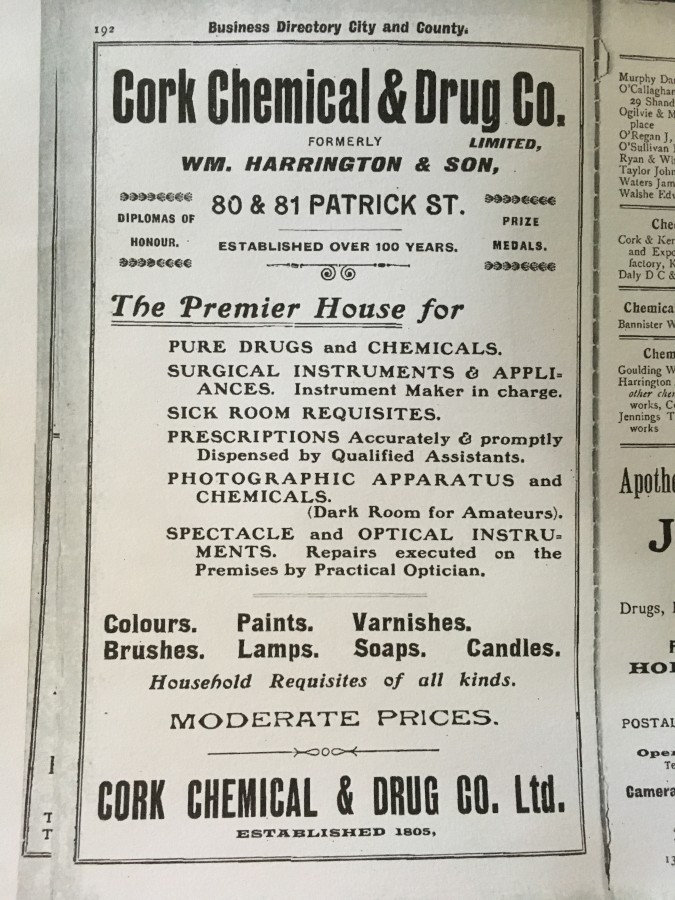
Kieran’s Our City, Our Town Article,
Cork Independent, 5 July 2018
Stories from 1918: Showcases at Cork Summer Show 1918
Cork citizens looked forward to the Cork Summer Show at the Cork Showgrounds in early July 1918. The event received a two-page spread in the Cork Examiner highlighting the prominent exhibits. Several challenges were alluded to in particular the transit of animals and sales of them. Arising from World War I, the archived minute books of the Munster Agricultural Society reveal there was a high dependency on exporting livestock, dairy and poultry produced to Britain. In 1915 the detained cattle at the ports was of serious concern for agriculture creating serious hardships for farmers across the country. The previous agricultural boom was reversed as declining prices set in.
The war brought unemployment amongst agricultural labourers and less work for small farmers. The society struggled during the war years to attract farmers to their shows and sales. As an incentive, in year 1915 a sale of bulls was introduced into the spring show of cattle. In the year 1917 it was decided to amalgamate the cattle and horse shows and to hold it in the summer and to hold a show and sale of bulls and pigs in the spring.
The 1918 summer show aspired to showcase a number of innovative Cork based companies in the Cork region. Rural innovation had a particular focus especially on companies who were developing new products in veterinary medicine and animal feed. The Cork Chemical and Drug Company (established in 1805, run by Harringtons in 1918 and based at 80-81 St Patrick’s Street) was prominent amongst the exhibits of the Show and was situated at the main entrance. Harrington’s extra superfine oat meal, a preparation prepared from the finest flesh and bone forming foods based on scientific experiments, was on display. The food had an exceptionally high percentage of oil, which was ideal to induce health animal metabolism. The firm had already received large orders from stockholders for this food, which was finding a high place in public favour. Their products were approved by the Department of Agriculture and were extensively used by County Councils and large stock breeders in Ireland.
There were many veterinary medicines on view at the stall of the Cork Chemical and Drug Company. Visitors could peruse a useful booklet, Harrington’s Practical Handbook for Farmers. At this stall as well a great variety of brushes were also shown, all of which had been manufactured in Harrington’s Brush Factory. The company was started six years previously by Messrs Harringtons. The brushes were sold in Ireland, England and Scotland.
E Love and Sons was also a popular stand just inside the main entrance. They had an extensive display of feeding stuffs for all classes of stock. Messrs Love made a special effort to meet the animal food shortage situation and introduced several new methods to distribute in large quantities all over the South of Ireland. Special attention was directed to their No. 2 Feeding Oatmeal, which was on par to Indian Meal for fattening pigs. In addition to this, they displayed special meals arid grains for horses, cattle, pigs and poultry.
J Atkins and Company Ltd had an exhibit from the UK division of Iowa, USA’s Amanco of paraffin engines. They were pitched as being simple and economical, were suitable for naming, grinding and food preparing machinery and also for pumping and sewing. A special exhibit of the Bamford rapid grinding mill was on display as well as the Hinman milking machine. The exhibit put a focus on work efficiency and the fact that a child with the latter milking machine could milk 25 cows per hour, or a farmer could milk 30 cows per hour with four machines. There were over 30,000 of these machines in successful operation, and the Hinman has won all the competitions in which it has been entered, including the Panama-Pacific Exhibition, where they won the gold medal.
In a central position at the show, was the engineering and agricultural implement works of William McBride and Sons Ltd, Merchant’s Quay, Cork. The firm had a well-arranged display of the most up-to-date farming machinery. The company, which was founded in the late nineteenth century was well-known. Special prominence was given to the McBride patent thistle cutter, of which close on 5,000 machines were now manufactured at the Merchant’s Quay Ironworks. The thistle cutter was not only a favourite in Ireland, but was also exported in large quantities to England, Scotland and Wales. They held two gold medals, awarded at English shows. The harvesting machinery comprised a very fine collection of binders, mowers, reapers, wheel rakes and swath turners. Many of their man-hole designed covers for Cork Corporation in Cork City over time have also survived.
Prominent as well on display was a fine selection of Cork-made solid silver cups and bowls shown by Messrs William Egan and Sons Ltd. This old established firm had resuscitated the old Cork industry of silver-making. Orders for their manufactures came from all parts of the country, and a great many from Irish priests in America and Australia, for chalices, ciboria, and other sacred vessels. Egans were also makers, on a large scale of all manner of church embroideries, etc., Irish poplin vestments, lace, albs, surplices, oak altars, pulpits, brass candelabra, gongs, sanctuary lamps, religious and sporting medals in gold and silver, which they supplied in large quantities, to all parts of Ireland.
For more information on the Munster Agricultural Society, check out Munster Agricultural Society: The History of the Cork Showgrounds (2011) by Kieran McCarthy
Captions:
953a. Advertisement for Cork Chemical and Drug Co. 1907 from Guy’s Directory of Cork City and County (source: Cork City Library)
953b. Advertisement for William McBride & Sons Ltd, 1919 from Cork: Its Chamber and Commerce (source: Cork City Library)
